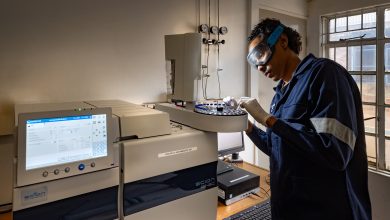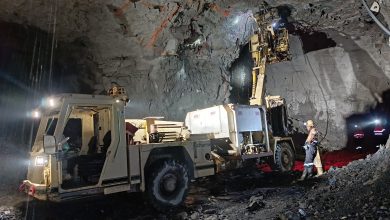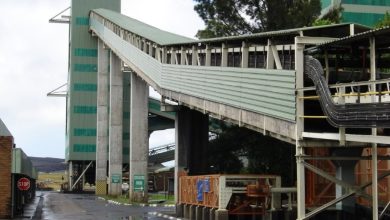
Mining companies cannot avoid the risk of flooding during the current rainy season in sub-Saharan Africa. However, what they can control is the risk it poses to their operations.
By Nick Barnes
Strict regulations obligate industries and local authorities to practice sound water management without compromise. In South Africa, the relevant regulation is the 1998 Water Act. Similar regulations apply in other countries across the continent.
The Water Act
In mining operations, among others aspects, the Water Act calls for the effective control of stormwater, which is one of the causes of contaminated discharge from activities. Consequently, mines must be well-equipped with suitable pumps and ancillary equipment to manage this risk.
Given the risk stormwater poses to mining operations, suitable pumps and related ancillary equipment are a non-negotiable necessity. Stormwater has significant effects on both open pit and underground mining environments. This is mainly in the following areas:
- Flooding of critical work areas disrupts production and delays schedules.
- Water ingress from flooding damages critical machinery and equipment, resulting in unplanned replacement and repair expenses.
- Increasing operational costs of pumping large volumes of water, with energy accounting for over 30 percent of costs.
- Erosion of haul roads, embankments and pitwalls, causing instability.
- Deposition of soil, rock, and contaminants from tailings or waste piles in nearby water bodies negatively impacting ecosystems.
- Contaminated water may necessitate advanced treatment before disposal, a costly exercise.
- The need for more dams, ponds and stormwater for storage – another expense.
- May affect regulatory approvals (for instance, delays in obtaining water use licence).
Suitable Pumps
To mitigate these challenges, informed selection of appropriate pumps is paramount. This ensures that systems rise to the occasion when needed.
Recently, dewatering specialist, Integrated Pump Technology shared insights with Mining Business Africa. The company observed that 90% of pump failures are due to putting wrong pump into an application being used. This is a striking statistics underlining the importance of proper selection.
Even more intriguing – sometimes, even when pump selection is correct, poor monitoring can still cause pump failure. Justin Bawden, Key Account Manager at Integrated Pump Technology, explained phenomenon: “Mines will generally have multiple pumps located around their operations, and these are frequently moved from one location to another as needs change. Due to this, personnel can lose track of which models and capacities are needed where. Besides, the size and condition of the pipelines in place may not always suit the application.”
Correct approach, smooth operations
Thus, to ensure smooth pump operations, three steps should are vital:
- The application
Awareness of the factors and influences of each application is vital to providing a suitable and lasting solution to mitigating the risk of flooding and consequent loss of life, equipment and production.
- Monitoring and forecasting of water inflows
In operations where dewatering activity is conducted – whether on open cast or underground mines – it is imperative that monitoring and forecasting of water inflows are done, Bowden advised. “Monitoring and forecasting will allow for the necessary planning and specification of the correct capacity of pumping equipment, as well as hose sizes and materials.”
Furthermore, it is important to ensure that the existing pipeline on site is suited to the scale of the pumping solution. Hence, it is paramount to gather accurate information about the pipeline’s diameter, length, material of construction, age and condition, as well as valves or bends that may affect flow.
- Regular performance testing
It is essential that dewatering pumps perform on their rated curve. And so, performance testing should be carried out regularly.
Performance testing confirms that the units deliver expected results in critical dewatering functions while maintaining energy efficiency, a central to controlling operating costs. “The long-term benefits of such tests are significant,” Bawden explained. “Timely maintenance interventions ensure a longer product lifecycle.”
Informed decisions, desired output
In the long run, informed decisions in pump selection ensure the desired performance in applications. Ultimately, suitable stormwater management pumps contributes to safety, environmental compliance, and uninterrupted production in mining operations.






